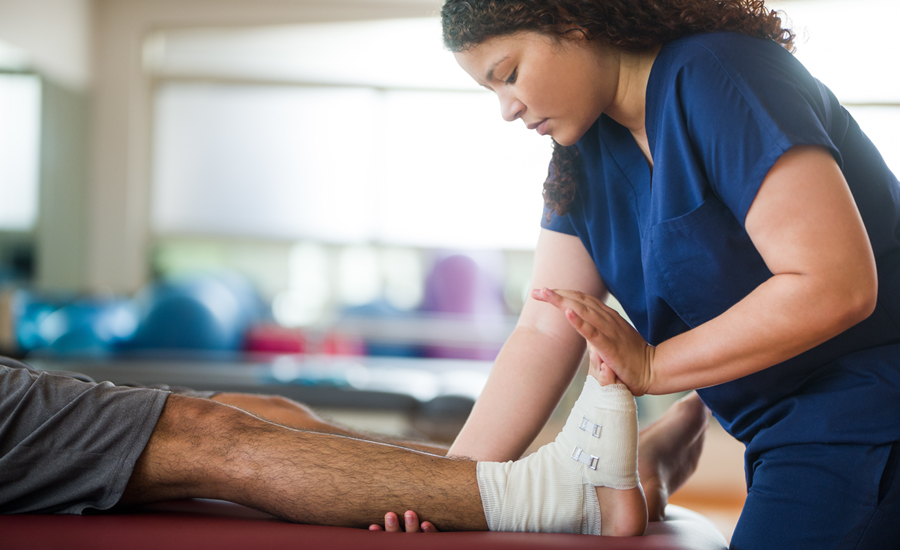Effective Approaches for Reducing Dyspnea in Physiotherapeutic Therapy Sessions
Effective Approaches for Reducing Dyspnea in Physiotherapeutic Therapy Sessions
Blog Article
Breathing difficulties, or difficulty breathing, is a common issue that many people face, especially those with long-term lung conditions, heart issues, or other medical concerns. In physical therapy sessions, addressing breathing difficulties is essential for helping patients improve their overall quality of life. By utilizing specific techniques and approaches, physical therapists can help patients in controlling their respiratory difficulties. Grasping these effective approaches can enable both therapists and patients to work together more efficiently in addressing challenges related to dyspnea.
One of the primary methods used to reduce breathing difficulties in physical therapy is the practice of regulated breathing activities. These activities often concentrate on diaphragmatic breathing, which encourages patients to use their breathing muscle rather than their upper chest muscles when inhaling. This approach helps to maximize lung capacity and effectiveness. Additionally, pursed lip breathing is another technique that can be beneficial. This technique involves inhaling through the nose and breathing out slowly through compressed lips, which can assist to keep airways clear longer and make breathing feel easier. By including these exercises into therapy appointments, physical therapists can provide patients with strategies to control their breathing difficulties both during and outside of their sessions.
Another important element of managing breathing difficulties in physical therapy is the creation of an individualized exercise regimen. Customizing exercises to meet the specific needs and abilities of each patient is essential. Therapists should gradually integrate aerobic exercises, such as ambulating or cycling, in a structured manner, allowing patients to develop their endurance over time. This progressive method helps patients to feel more at ease with physical activity while at the same time improving their lung function and overall stamina. It is important for therapists to monitor patients closely during these activities to make sure they are not overexerting themselves, which could lead to greater shortness of breath.
Education also plays a major role in reducing dyspnea during physical therapy appointments. Providing patients with information about their condition and the mechanisms behind breathing difficulties can enable them to take charge of their health. Therapists can explain how elements like anxiety, posture, and environmental conditions can affect breathing. By comprehending these concepts, patients can learn to control their symptoms more efficiently. Techniques such as stress reduction strategies and proper body posture can further assist in minimizing the impact of breathing difficulties during routine activities and therapy sessions.
In conclusion, effectively reducing dyspnea in physical therapy sessions involves a mix of breathing activities, individualized exercise regimens, and patient teaching. By applying these effective approaches, physical therapists can help patients control their respiratory difficulties and improve their check out the post right here overall well-being. Working together between therapists and patients is crucial to create tailored interventions that address specific needs. With the appropriate support and methods, patients can experience relief from dyspnea and engage more completely in their physical therapy process, eventually leading to a better quality of life.